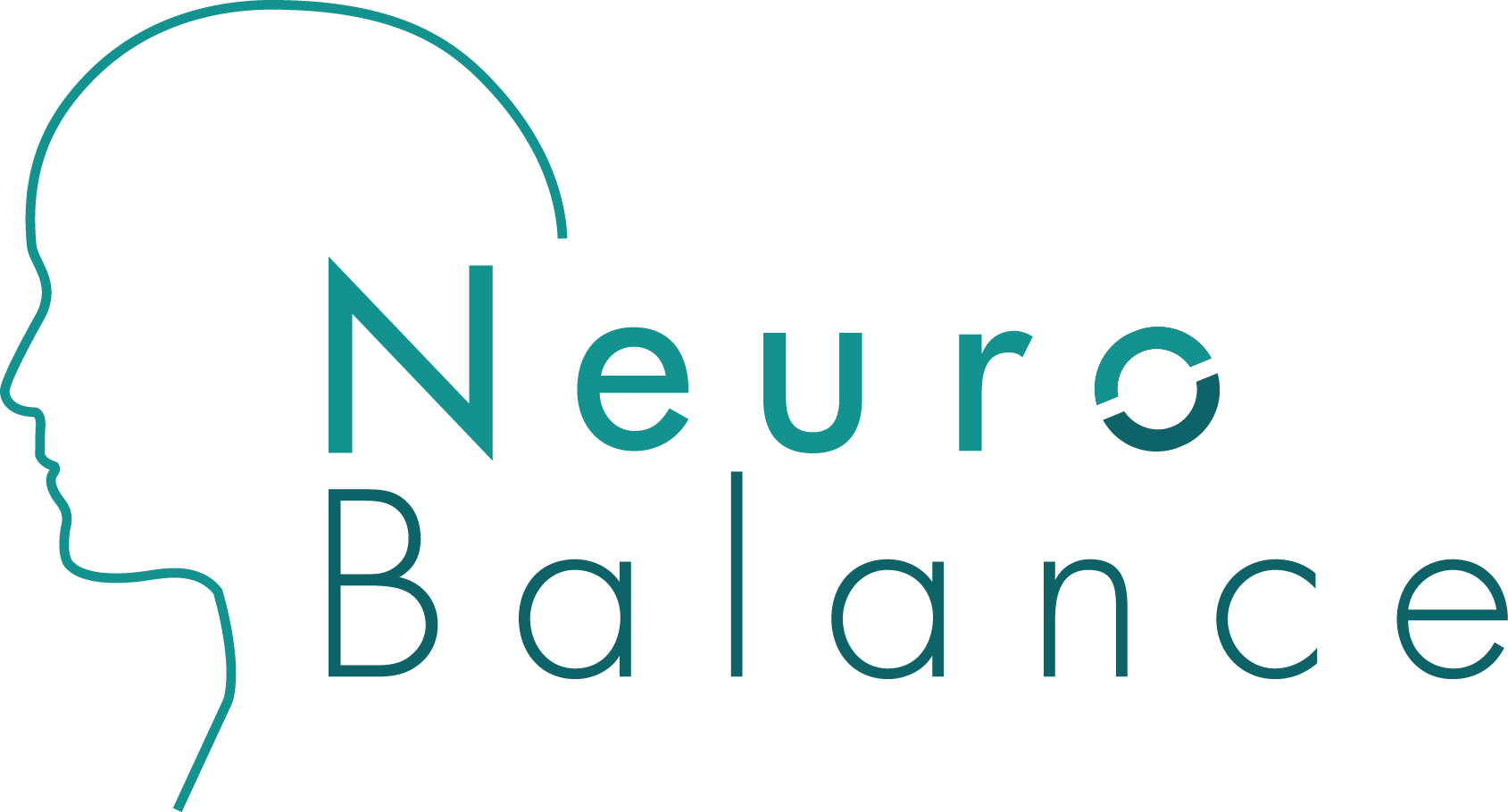Exploring the Cerebellum: The Little Brain with Big Responsibilities
The cerebellum, often referred to as our "little brain," is a fascinating and complex part of the human brain that plays a pivotal role in our daily lives. Despite its small size, it is a powerhouse of activity, intricately involved in various functions ranging from movement coordination to cognitive processes.
Location and Structure
Tucked away at the bottom of the brain, just above the neck, the cerebellum forms a half-circle around the brain stem, connecting the brain to the spinal cord. It's a compact, pinkish-gray structure, with an average adult cerebellum measuring about 4.5 inches wide and weighing between 4.8 to 6 ounces. Interestingly, although it occupies only about 10% of the brain's volume, it contains nearly half of all neurons in the body.
Key Functions
The cerebellum is renowned for its role in coordinating voluntary movements. It ensures that our movements are smooth, balanced, and precise. This function extends from simple tasks like walking to complex actions like playing a musical instrument. However, recent research has expanded our understanding of the cerebellum's role, showing that it's also involved in higher brain functions.
For instance, studies have revealed the cerebellum's involvement in cognitive processes like decision-making and planning. In experiments with animals, researchers observed that the cerebellum plays a part in processing reward-related signals. This finding is crucial as it links the cerebellum to cognitive and emotional processes, including social behaviors and potentially even conditions like autism.
The Cerebellum and Mental Health
The cerebellum's influence extends to mental health as well. Research has indicated that it may be involved in various psychiatric disorders. Its unique sensitivity during development means that any disruptions can have lasting impacts. This aspect is particularly evident in autism, where alterations in the cerebellum's function have been linked to social and behavioral challenges.
Living Without a Cerebellum
While essential, the human body can adapt to the absence of a cerebellum, a condition known as cerebellar agenesis. People with this rare condition can live relatively normal lives, although they may experience some motor and cognitive challenges.
Impact of Cerebellar Injury
Injuries or diseases affecting the cerebellum can lead to a range of symptoms, including problems with balance, coordination, speech, and vision. These symptoms highlight the cerebellum's crucial role in everyday functions and its interconnectedness with other brain regions.
Conclusion
The cerebellum, our "little brain," is a testament to the complexity and adaptability of the human brain. Its functions extend far beyond mere movement coordination, playing a significant role in our cognitive processes and mental health. Understanding the cerebellum's intricacies not only fascinates us but also provides crucial insights into various neurological and psychiatric conditions. As we continue to unravel its mysteries, we gain a deeper appreciation of this remarkable part of our brain.
Sources:
The Scientist: The Cerebellum's Functions in Cognition, Emotion, and More
Cleveland Clinic: Cerebellum: What It Is, Function & Anatomy
-A Balanced Brain is a Better Brain for a Happier Life-
